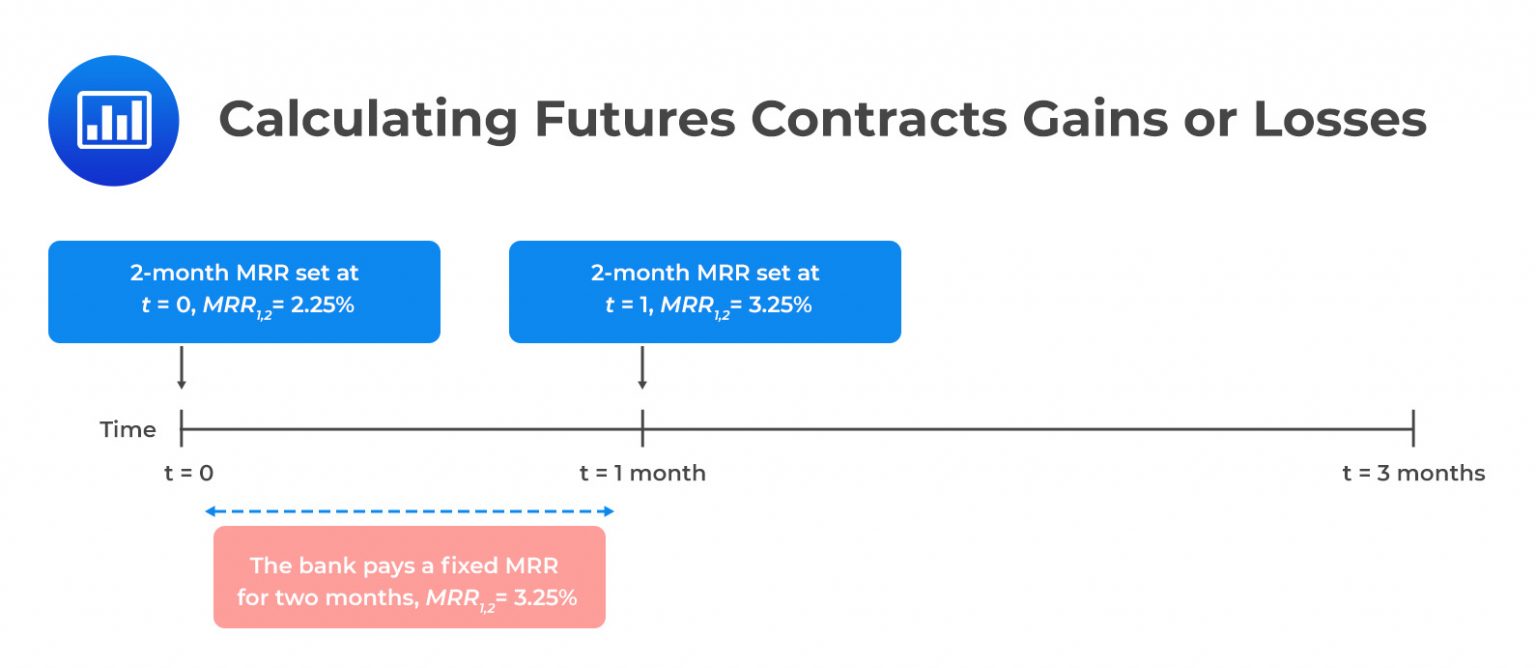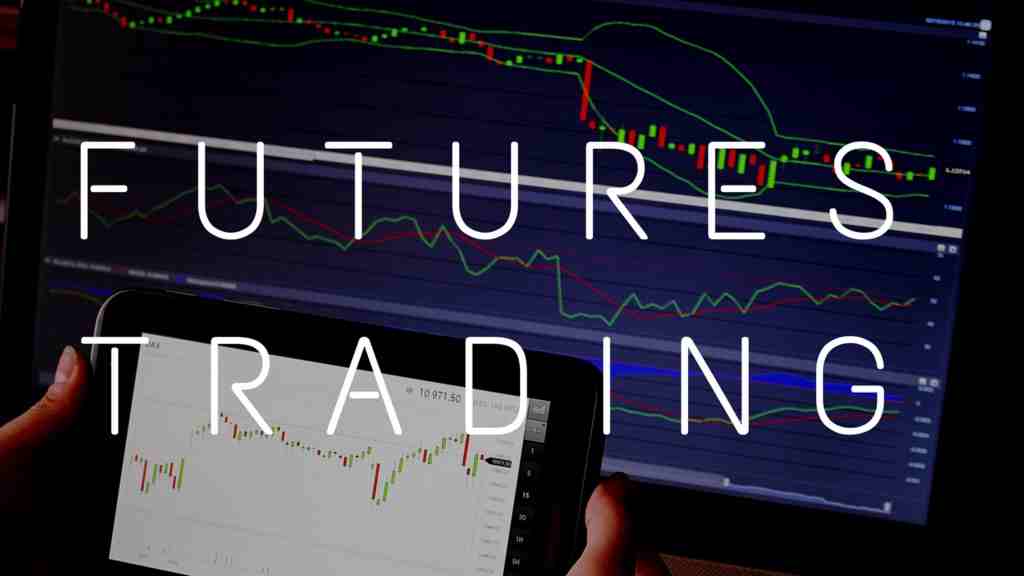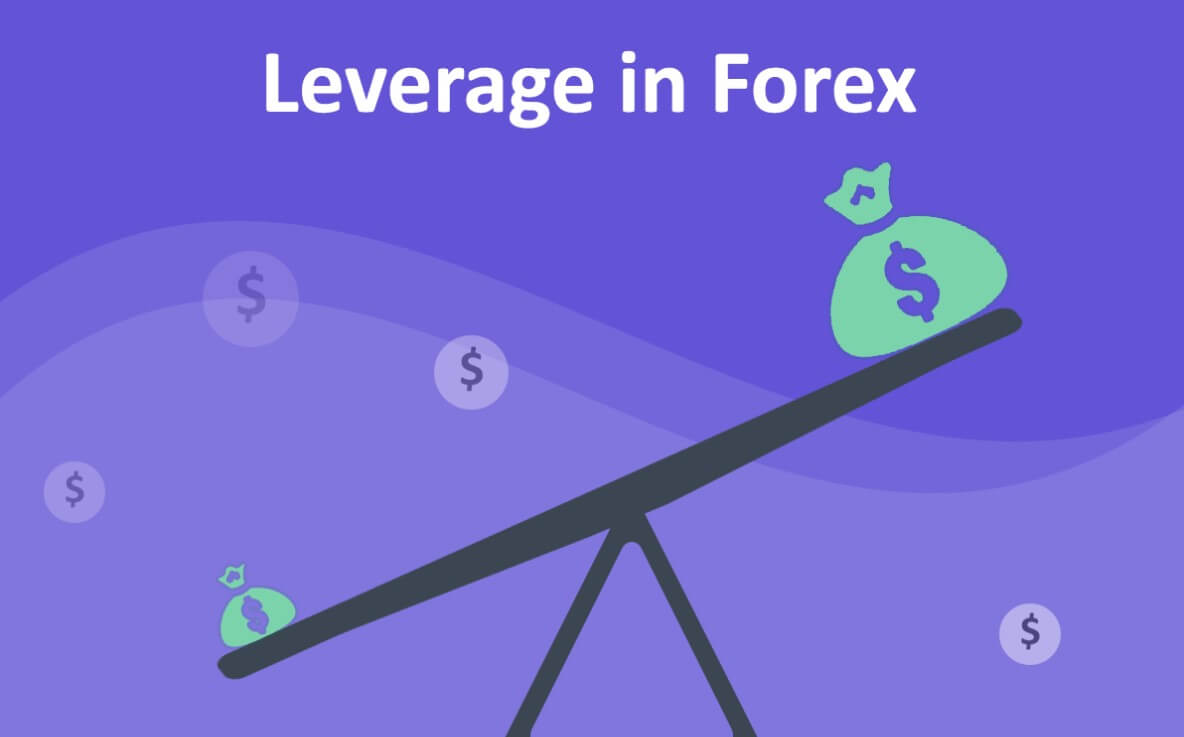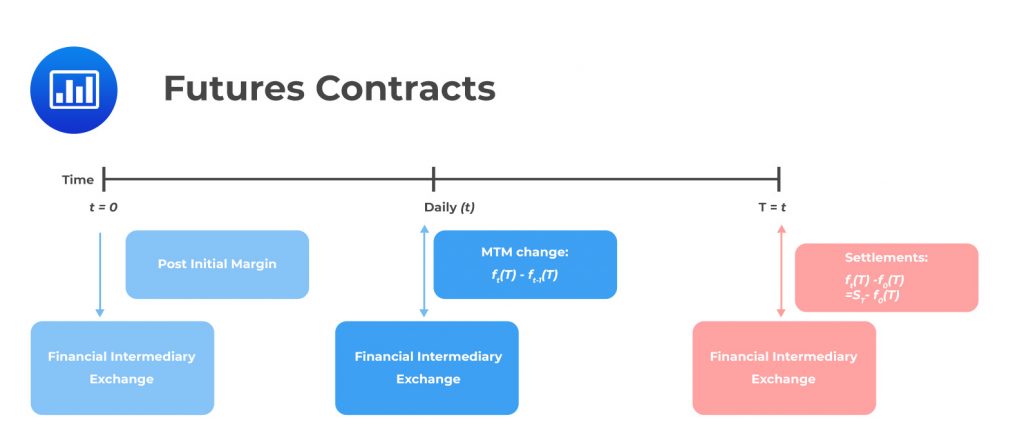Understanding Futures Contracts: A Primer
Futures contracts are a crucial component of the financial markets, enabling investors to manage risk and speculate on price movements. But have you ever wondered how much does a futures contract cost? Understanding the basics of futures contracts is essential to grasping the costs associated with trading them.
A futures contract is a standardized agreement between two parties to buy or sell an underlying asset at a predetermined price on a specific date in the future. This contract is traded on an exchange, such as the Chicago Mercantile Exchange (CME), and its value is derived from the underlying asset, which can be a commodity, currency, or index.
Futures contracts are often used by companies to hedge against potential losses or gains resulting from price fluctuations in the underlying asset. For example, an airline company may enter into a futures contract to purchase jet fuel at a fixed price to protect itself from potential price increases. On the other hand, speculators use futures contracts to bet on price movements, hoping to profit from their predictions.
As we delve into the world of futures trading, it’s essential to understand the costs associated with trading these contracts. Knowing how much does a futures contract cost is crucial in determining the profitability of a trade. In the next section, we’ll explore the variable costs of futures trading, including commission fees, margin requirements, and exchange fees.
The Variable Costs of Futures Trading
When it comes to trading futures contracts, understanding the various costs involved is crucial to determining the profitability of a trade. The cost of a futures contract can vary significantly depending on the type of contract, brokerage firm, and trading strategy employed. So, how much does a futures contract cost?
One of the most significant costs associated with futures trading is the commission fee. This fee is charged by the brokerage firm for executing trades on behalf of the trader. Commission fees can vary widely depending on the brokerage firm, with some firms charging a flat rate per trade, while others charge a percentage of the trade value.
Another critical cost component is the margin requirement. This is the amount of capital required to open and maintain a futures position. Margin requirements can vary depending on the type of futures contract and the brokerage firm. For example, the margin requirement for a crude oil futures contract may be higher than that for a gold futures contract.
Exchange fees are another cost component to consider. These fees are charged by the exchange for trading on their platform. Exchange fees can vary depending on the exchange and the type of contract being traded.
It’s essential to understand that these costs can add up quickly, eating into the profitability of a trade. Therefore, it’s crucial to factor in these costs when calculating the cost of a futures contract. In the next section, we’ll provide a step-by-step guide on how to calculate the cost of a futures contract, including the formula for calculating the margin requirement and the impact of leverage on trading costs.
How to Calculate the Cost of a Futures Contract
Calculating the cost of a futures contract is a crucial step in determining the profitability of a trade. To accurately calculate the cost, traders need to consider several factors, including the margin requirement, commission fees, and exchange fees. So, how much does a futures contract cost?
The first step in calculating the cost of a futures contract is to determine the margin requirement. The margin requirement is the amount of capital required to open and maintain a futures position. The formula for calculating the margin requirement is:
Margin Requirement = (Contract Value x Margin Rate) / Leverage
For example, if the contract value is $100,000 and the margin rate is 5%, the margin requirement would be $5,000. However, if the trader is using 10:1 leverage, the margin requirement would be reduced to $500.
In addition to the margin requirement, traders need to consider commission fees and exchange fees. Commission fees are charged by the brokerage firm for executing trades, while exchange fees are charged by the exchange for trading on their platform. These fees can vary depending on the brokerage firm and exchange used.
To calculate the total cost of a futures contract, traders can use the following formula:
Total Cost = Margin Requirement + Commission Fees + Exchange Fees
For example, if the margin requirement is $500, the commission fee is $20, and the exchange fee is $10, the total cost of the futures contract would be $530.
Understanding how to calculate the cost of a futures contract is essential for traders to make informed trading decisions. By factoring in the margin requirement, commission fees, and exchange fees, traders can determine the profitability of a trade and make adjustments to their trading strategy accordingly.
The Role of Leverage in Futures Trading Costs
Leverage is a critical component of futures trading, allowing traders to control large positions with a relatively small amount of capital. However, leverage can also have a significant impact on the cost of a futures contract. So, how much does a futures contract cost when leverage is involved?
In futures trading, leverage is typically expressed as a ratio, such as 10:1 or 20:1. This means that for every dollar of capital, the trader can control a position worth 10 or 20 times that amount. While leverage can amplify potential profits, it also increases the potential losses.
The impact of leverage on trading costs is twofold. On the one hand, leverage can reduce the margin requirement, making it more affordable to trade futures contracts. For example, if the margin requirement for a futures contract is $5,000, a trader using 10:1 leverage would only need to deposit $500 to open the position.
On the other hand, leverage can increase the trading costs associated with commission fees and exchange fees. Since the trader is controlling a larger position, the commission fees and exchange fees will be proportionally higher. This can eat into the trader’s profits, making it essential to factor in these costs when calculating the total cost of a futures contract.
While leverage can be a powerful tool in futures trading, it’s essential to use it effectively. Traders should carefully consider their risk tolerance and adjust their leverage accordingly. It’s also crucial to monitor trading costs closely, ensuring that the benefits of leverage are not outweighed by the increased costs.
By understanding the role of leverage in futures trading costs, traders can make informed decisions about their trading strategy and optimize their use of leverage to maximize profits.
Futures Contract Specifications: What You Need to Know
When it comes to understanding the cost of a futures contract, it’s essential to know the specifications of the contract itself. Futures contracts come in various shapes and sizes, and these specifications can have a significant impact on the cost of trading.
One of the most critical specifications is the contract size. This refers to the quantity of the underlying asset that is being traded. For example, a crude oil futures contract may have a contract size of 1,000 barrels, while a gold futures contract may have a contract size of 100 ounces. The contract size affects the margin requirement, commission fees, and exchange fees, ultimately influencing how much a futures contract costs.
Another important specification is the expiration date. Futures contracts have a limited lifespan, and the expiration date marks the last day on which the contract can be traded. The expiration date can impact the cost of a futures contract, as traders may need to roll over their positions to a new contract or close out their positions before the expiration date.
Tick value is another critical specification that can affect the cost of a futures contract. The tick value represents the minimum price increment of the underlying asset. For example, if the tick value of a futures contract is $10, then the price of the contract can only move in increments of $10. The tick value affects the commission fees and exchange fees, as well as the margin requirement.
Understanding the specifications of a futures contract is crucial for traders to accurately calculate the cost of a futures contract. By knowing the contract size, expiration date, and tick value, traders can make informed decisions about their trading strategy and optimize their trading costs.
For instance, a trader who understands the contract size can adjust their trade size to minimize commission fees and exchange fees. Similarly, a trader who knows the expiration date can plan their trading strategy accordingly, avoiding unnecessary rollovers or position closures.
In conclusion, futures contract specifications play a vital role in determining how much a futures contract costs. By understanding these specifications, traders can make informed decisions about their trading strategy and optimize their trading costs.
Comparing Futures Brokers: Fees and Commissions
When it comes to trading futures contracts, one of the most critical decisions a trader can make is choosing the right brokerage firm. With so many options available, it’s essential to compare the fees and commissions of different brokers to find the one that best meets your needs.
Futures brokers charge various fees and commissions, including trading commissions, margin fees, and exchange fees. These costs can vary significantly depending on the broker, making it crucial to understand the fee structure before opening an account.
Some brokers offer competitive trading commissions, while others may charge higher fees for certain types of futures contracts. For example, a broker may charge a lower commission for trading crude oil futures but a higher commission for trading gold futures.
In addition to trading commissions, brokers may also charge margin fees, which can range from 1% to 5% of the total margin requirement. Exchange fees, which are charged by the exchange itself, can also vary depending on the broker and the type of futures contract.
To make an informed decision, traders should compare the fees and commissions of different brokers, considering factors such as the type of futures contracts offered, the trading platform, and the level of customer support. By doing so, traders can minimize their trading costs and maximize their profits.
For instance, a trader who plans to trade a high-volume of futures contracts may want to choose a broker with a low trading commission. On the other hand, a trader who requires advanced trading tools and analytics may be willing to pay a higher commission for a premium trading platform.
Ultimately, the key to minimizing futures trading costs is to choose a broker that aligns with your trading strategy and goals. By understanding the fees and commissions of different brokers, traders can make informed decisions and optimize their trading costs.
So, how much does a futures contract cost? The answer depends on the broker, the type of futures contract, and the trading strategy. By comparing the fees and commissions of different brokers, traders can get a better understanding of the costs associated with futures trading and make informed decisions to minimize their trading costs.
Minimizing Futures Trading Costs: Tips and Strategies
When it comes to trading futures contracts, minimizing costs is crucial to maximizing profits. By understanding the various costs associated with futures trading, traders can develop strategies to reduce their expenses and optimize their trading performance.
One effective way to minimize futures trading costs is to optimize trade size. By adjusting the trade size to match the market conditions and the trader’s risk tolerance, traders can reduce their commission fees and margin requirements. For example, trading smaller contract sizes can reduce commission fees, while trading larger contract sizes can increase margin requirements.
Another key strategy for minimizing futures trading costs is to manage risk effectively. By using stop-loss orders and limit orders, traders can limit their potential losses and reduce their trading costs. Stop-loss orders, in particular, can help traders avoid significant losses by automatically closing out a trade when it reaches a certain price level.
In addition to optimizing trade size and managing risk, traders can also minimize futures trading costs by choosing the right brokerage firm. By comparing the fees and commissions of different brokers, traders can find a broker that offers competitive pricing and services that meet their needs.
Furthermore, traders can minimize futures trading costs by understanding the specifications of the futures contract they are trading. By knowing the contract size, expiration date, and tick value, traders can adjust their trading strategy to minimize their costs. For instance, traders can avoid trading contracts with high margin requirements or high commission fees.
Ultimately, minimizing futures trading costs requires a combination of effective trading strategies, risk management techniques, and a deep understanding of the costs associated with futures trading. By following these tips and strategies, traders can reduce their trading costs and increase their profits.
So, how much does a futures contract cost? The answer depends on various factors, including the type of futures contract, the brokerage firm, and the trading strategy. By understanding these factors and developing effective strategies to minimize costs, traders can get a better understanding of the costs associated with futures trading and make informed decisions to optimize their trading performance.
Conclusion: Mastering the Cost of Futures Trading
In conclusion, understanding the costs associated with futures trading is crucial to achieving success in the financial markets. By grasping the concepts of futures contracts, variable costs, and leverage, traders can develop effective strategies to minimize their trading costs and maximize their profits.
Throughout this article, we have explored the different costs associated with futures trading, including commission fees, margin requirements, and exchange fees. We have also discussed the importance of understanding futures contract specifications, comparing futures brokers, and minimizing trading costs through effective risk management and trade optimization.
So, how much does a futures contract cost? The answer is complex, as it depends on various factors, including the type of futures contract, the brokerage firm, and the trading strategy. However, by understanding these factors and developing effective strategies to manage them, traders can gain a competitive edge in the markets.
With this comprehensive guide, traders can now confidently navigate the world of futures trading, armed with the knowledge and skills to minimize their trading costs and achieve their financial goals. So, start trading futures with confidence today and unlock your full potential in the financial markets!








